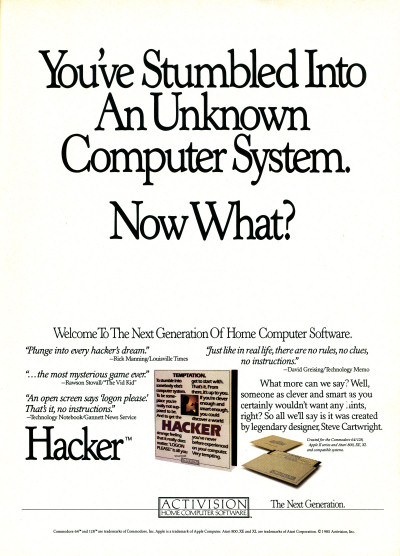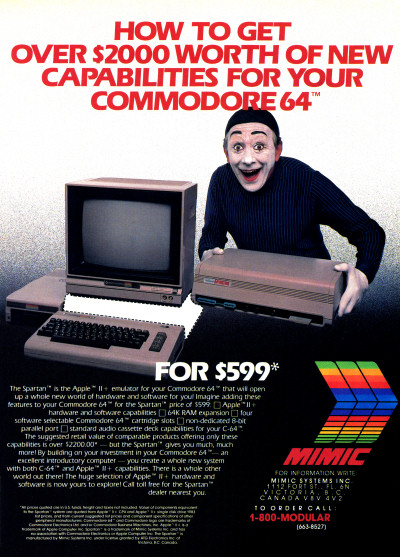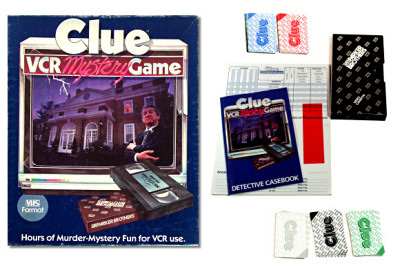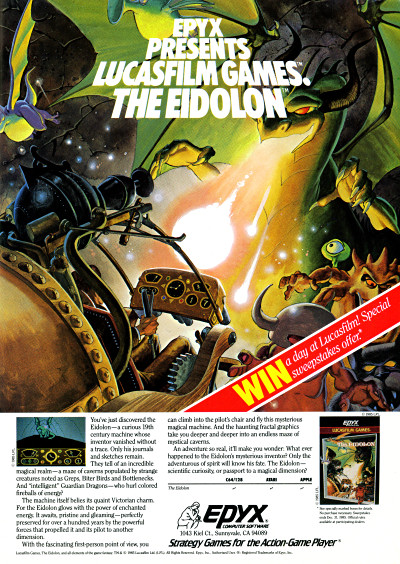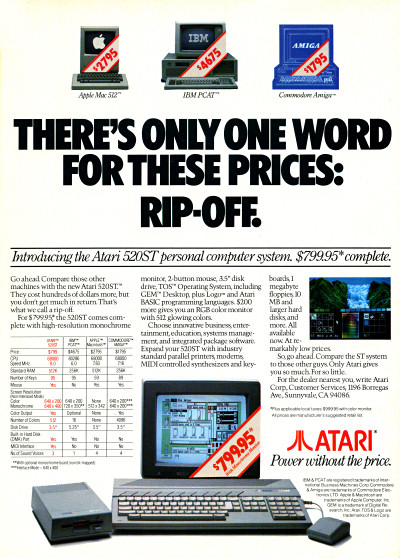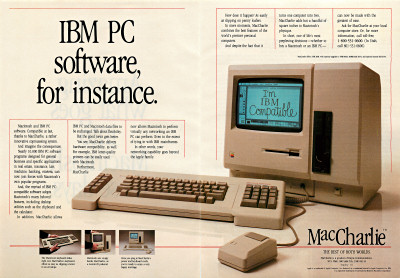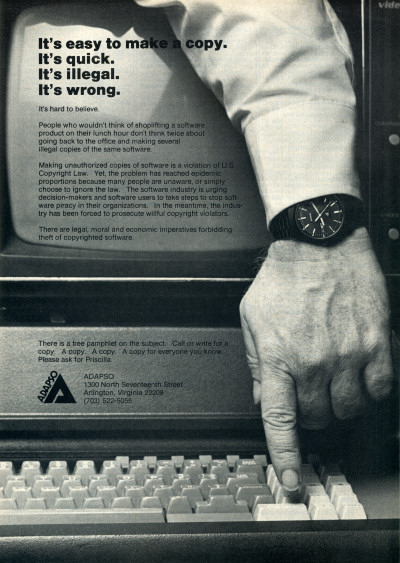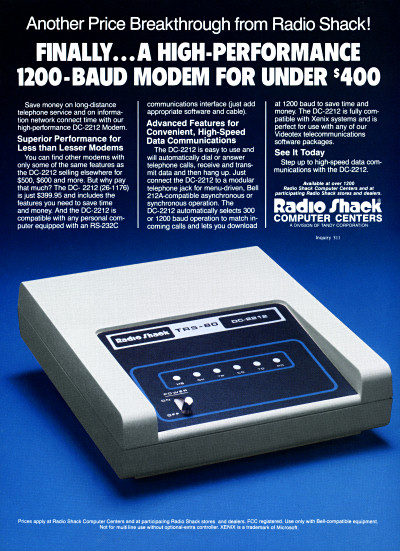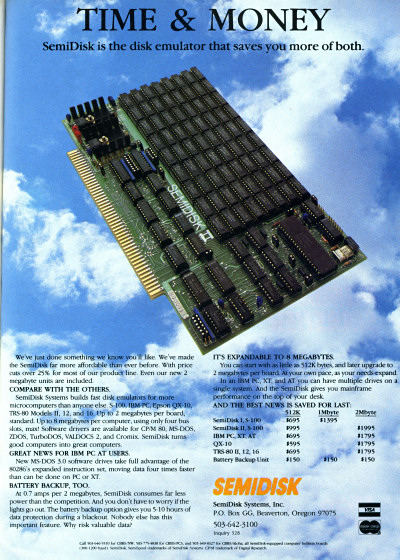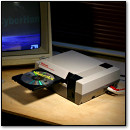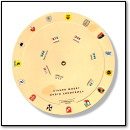[ Retro Scan of the Week ] The Halley Project
Monday, August 5th, 2013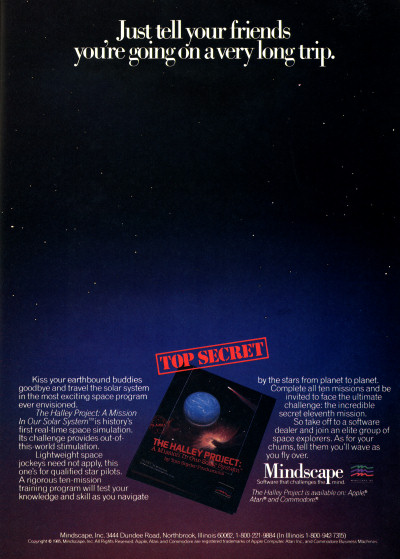 “Just tell your friends you’re going on a very long trip.”
“Just tell your friends you’re going on a very long trip.”
As a kid, The Halley Project blew my mind.
I remember flying through the solar system, first person, in what seemed like a real-time simulation of space flight. All the distances between and positions of the planets were accurate, and you could visit each one by traversing the vast gulfs between them. It was one of the most awe-inspiring games on the Atari 800.
I haven’t sat down and played The Halley Project in at least a decade, so I’m kinda fuzzy about the point of the game. I believe you’re trying to track down Halley’s Comet. On the way, I think you have to make stops at each of the planets in our real solar system. And, if I’m not mistaken, there’s something special about the comet itself (once you actually find it) that I won’t spoil for you guys.
The real Halley’s Comet made a famous fly-by of our planet back in 1986. I still have vague memories of being awakened in the middle of the night when I was 5 so our family could drive out to a local school field and catch of glimpse of the comet. I remember seeing a fuzzy dot, perhaps through binoculars or a simple telescope. That real life celestial visit inspired a sort of frenzy in the media and popular consciousness here in the US, and I’m guessing this game played off of that.
I know I could look up the real plot / purpose / gameplay of The Halley Project online, complete with screenshots and analysis, but I don’t want to. My warm memories are good enough.
Discussion Topic of the Week: Did you see Halley’s Comet in 1986? Tell us about it.
